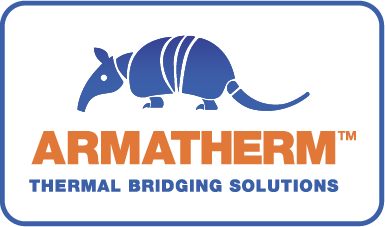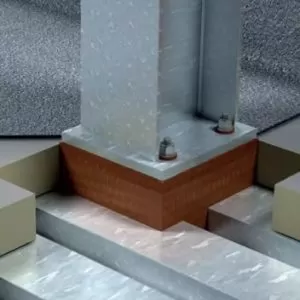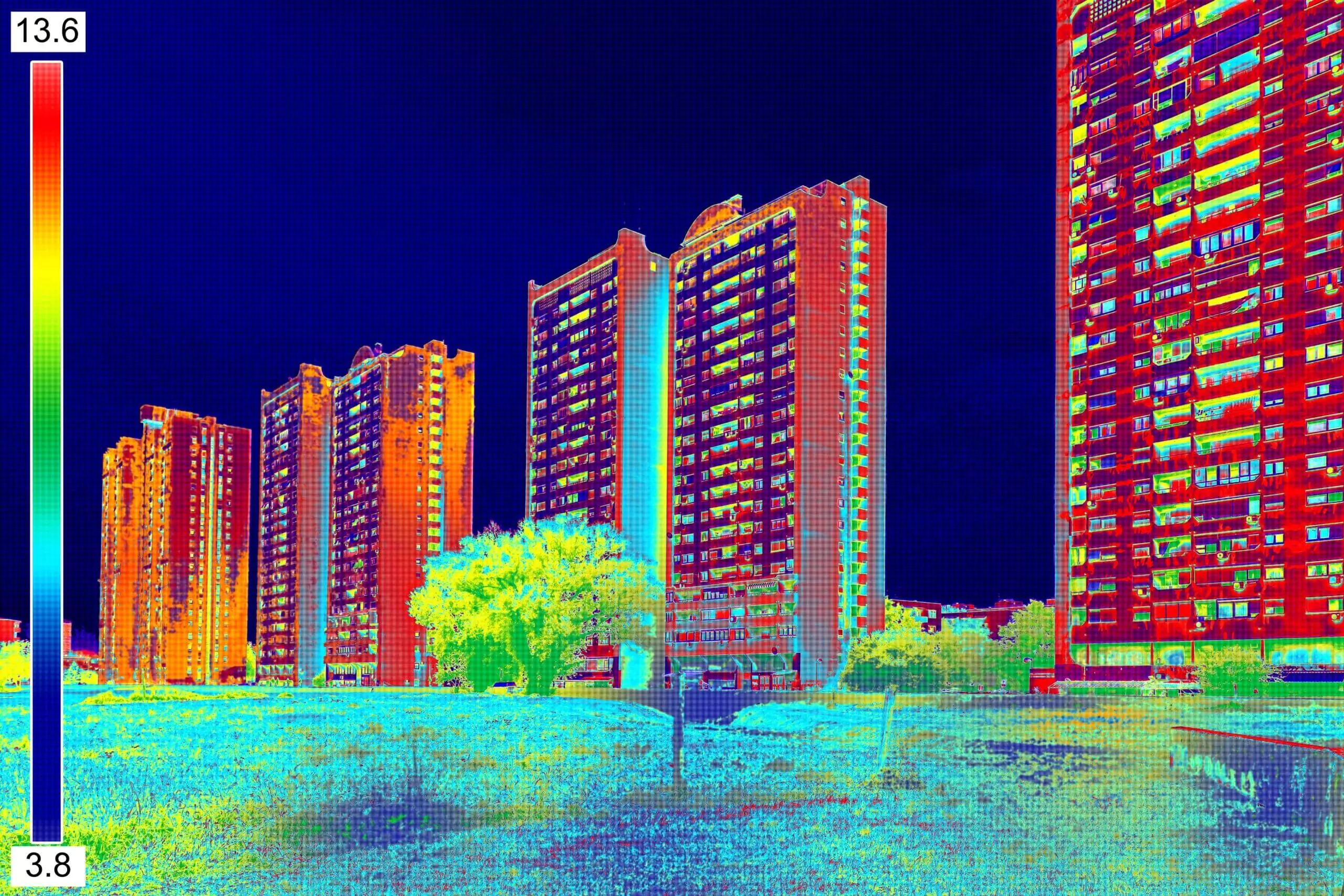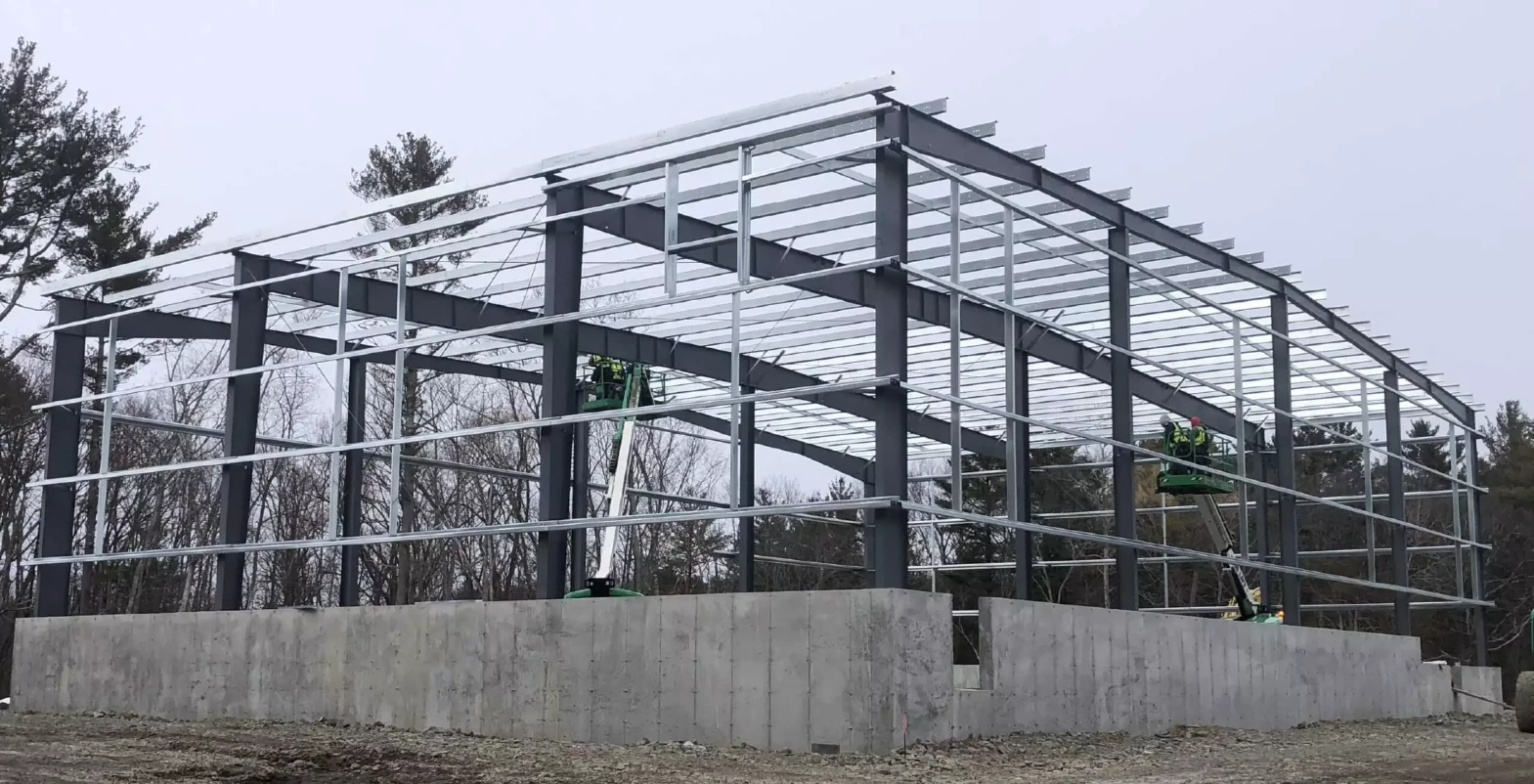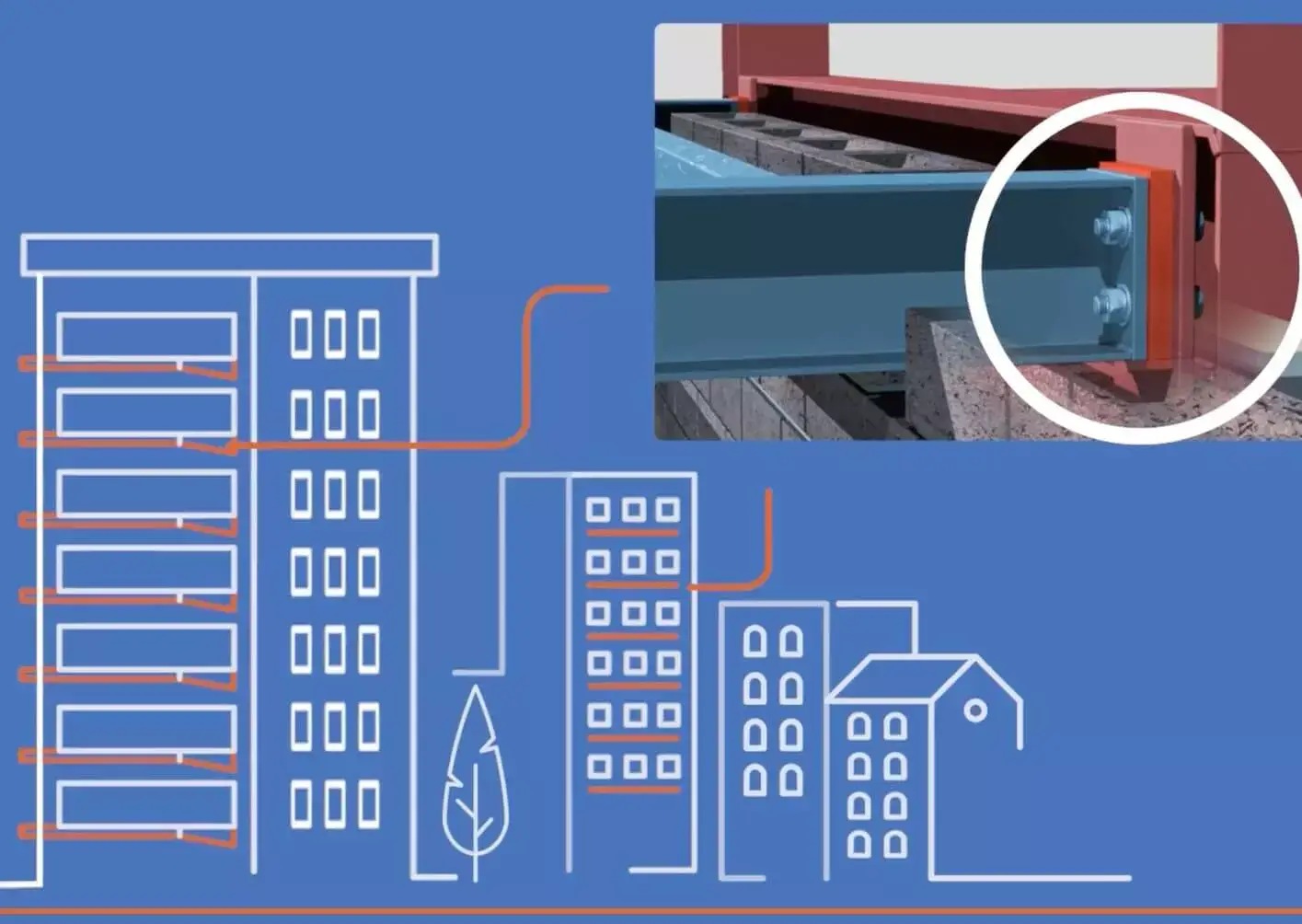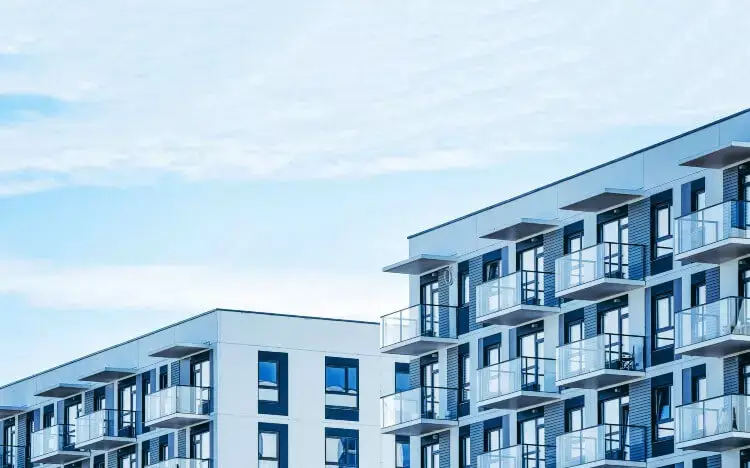
How effective are thermal breaks at reducing heat loss?
Thermal conductivity reveals the rate at which heat flows through a material. It’s important to understand the conductivity of building materials, so the efficiency of the structure can be determined. Heat flow is usually dependent on two factors, area of a wall or roof assembly for instance, and temperature difference from inside to outside. Any material with high thermal conductivity will transfer heat energy at a higher rate, given the same conditions of temperature.
Thermal breaks can be distinguished by the thermal conductivity, often referred to as the K value and the thermal resistance, referred to as the R value. The relationship between these two values means one can be calculated by using the other, helping to determine the overall efficiency. For architects working towards creating efficient structures, thermal models which feature the K and R values can be created to detail the efficiency of the building envelope and roof assembly. This allows designers to make meaningful changes before construction begins
Thermal modelling is an important step in the process of creating and adjusting details in efficient structures. When conductive construction materials are used within a structure such as steel, heat does not travel in straight paths. If it did travel in parallel paths, we could use simple maths equations and area-weighted averaging – a mathematical technique for combining different amounts of various components into a single number – to determine the heat flow. In addition, most interfaces and transitions are complex and feature corners or additional features that make it more difficult to calculate.

Condensation
An effective thermal break will work towards significantly minimising heat flow, while also keeping the interior surfaces at these connections above the dew point. This is particularly imperative when it comes to connections like these that appear in buildings that experience higher than normal humidity levels, based on geography and usage.
Another benefit is that using a thermal break helps control material surface temperatures. The bridges allow heat from interior, conditioned spaces to flow out through the building envelope and into the outside. To prevent condensation from forming within the thermal envelope, the surface temperatures of any materials used within the structure must be kept above the dew point temperature to stop any condensation occurring on these interior spots.
How to choose?
Depending on the application you’re looking to isolate thermally, we offer a wide range of solutions with different benefits.
FRR
The Armatherm™FRR thermal break is extremely durable and strong material, making it suitable for supporting heavy loads while cutting conductive heat loss.
Z girt
The ArmaGirt™ Z Girt is a nonconductive cladding support system, strong enough to hold most cladding and insulation details onto the building envelope. These innovative products can improve the efficiency of a wall assembly by as much as 98%.
500
Armatherm 500 is a high strength, polyurethane material which we manufacture in several densities for inclusion within a wide range of different building loads. It is a great option for column bases to ensure minimum heat flow into the ground.
The effectiveness of thermal breaks have been proven ten fold, and the benefits should not be overlooked. With up to 98% more efficiency on the table for construction projects and new regulations frequently come into play.
